Visual weight is the term given to compositional elements within an image and how much visual impact they have. Some things will feel heavier or more present within the image in comparison to other elements. As a photographer, it is your role to understand this and use it to your advantage when setting up your composition.

How can visual weight affect an image?
- Light colored elements = a light feel
- Dark colored elements = a heavy feel
- Eyes/faces = heavy
- Text = heavy
- Negative space = light
- Focus = can be heavy or light depending on what you are focusing on
- Image placement within the frame = can choose to make something heavier or lighter
- Scale = can affect the weight of an element
- Balance = can affect the weight of an element or the feel of the overall image
- Color = a pop of unexpected color is heavier than its surroundings
Examples and Discussion
Light or even toned images and feel
This macro shot of red clover is tonally quite similar over the entire image, with a shallow depth of field and a soft focus. The color tones are also soft so the overall feeling to this image visually is quite light – there isn’t really anywhere for the eye to settle and engage with the image.

Compare it with another image that is tonally quite similar, color tones are muted with soft blurry cloud elements. However, in the image below there is a distinct contrast between the white and black points in this image. The black rocks have distinct visual weight and there is a definite point for the eye to rest on and travel around the image.

Image with large dark areas
In the case of dark moody shots with a lot of black background showing, you would think that the black would overpower the whole image. However, When the subject is well lit and positioned in a sculptural shape like the gerbera below, the subject carries the visual weight of the image and the black recedes into the background to support it.

The landscape below is deliberately underexposed to add drama to the sky and show off the subtle light beams through the clouds. This meant the dark rocks are particularly underexposed and so they carry the visual weight of the image, almost slightly too heavy towards the bottom as a result.

Color against a neutral background
A bright pop of color in an otherwise neutral tone background carries all the visual weight in the following two images.


Additionally, in the image of the New Zealand native wood pigeon below, the sharp eye holds the visual weight, with extra emphasis due to the bright red color of the eye and the beak. This is where your eye is drawn first.

Balance and scale
Balance and scale are also important factors. In the lighthouse image below, the bright white of the lighthouse holds the eye and the attention, but the horizon line of the sky against the sea gives the necessary scale to balance the overall compostion of the image.

This floating swimming platform has the visual weight in this image, balancing the landscape on the left of the frame, which in turn provides the scale to understand the platform in the overall image context. Being closer to the camera also gives the platform more weight in this composition as well.

Balance of light and dark
In the horseshoe image below, it has been deliberately shot to enhance both the dark shadows, The white spiderwebs and add textural details, while the shadows add supporting visual weight to the shapes of the horseshoes.

Below is a similar black and white image, with shadow detail supporting textural elements. But this image is more about the lighter areas, which take up most of the large central area within the image, so they carries more of the visual weight of the image.

Color and balance
Use of colour within an image can have significant impact. In the image of a sunset below, with the rich red clouds and the dark silhouetted tree line at the bottom, you might thing the dark trees carry the visual weight, but they instead balance out the large red cloud area nicely. The darkest or brightest element is not always the visually heaviest.

Tonally the image below is very even, with the dark sea cliffs being balanced out by the bright sunrise of the sea haze. But the surprise in this image is that the visual weight is carried by the single seagull in flight across the ocean.

Another sunrise, quite dark toned, but here the white froth of the waves taken as a long exposure to capture the movement has the visual weight within this image.

Assessing visual weight within a composition
The image of a leafy stream below has a nice balance of light and dark. The stream travels diagonally through the image, drawing the eye. While there is quite a heavy visual weight in the bottom left-hand corner, it still has enough light to have texture and detail and be part of the image. There are enough brighter areas above it and through the water as well so that the overall composition doesn’t feel overwhelmed by the darker areas. Our brains can accept that it is an image taken within a forest, so there will be light and dark areas.

Visual weight working against the image
Wild Kookaburra on a tree branch (below). In processing, this image has been deliberately overexposed as the original image was taken in shade and was quite dark. This has changed the tonal balance quite a lot, especially in the background. The branch closest to the camera has all the visual weight in this image, weighing it down and making it heavy on the right side. The bird’s dark eye and the feather detail on the wing do counteract the branch a bit, but not enough.

Still life with a feather – an experiment shot while learning still life and food photography. An another example of how visual weight needs to be taken into account in your composition. Here the feather is too light in tone, too small in scale and too soft in structure to balance out the darkness of the basket of eggs in the background. Even though the feather is in sharp focus, the egg basket has all the visual weight in this image.

Visual weight working for the image
Negative space works really well here with the macro flower shot below. The flower only takes up a small part of the overall image, but because that one element is in sharp focus and the rest is very blurred and becomes part of the background, the flower has all the visual weight in this image. Notice how at the very bottom of the frame, the stem of flowers that is in partial focus also contributes to the weight of the image.

Framing and placement of the gerbera flowers (below) relate directly to the visual weight of them within the image. The diagonal line bisects the image in half, but adds a dynamic angle that engages the eye. The selective focus at the front of the petals combined with the dark stem visually balance out the rest of the negative space in this image. The two other flowers are further away and out of focus so support the subject visually but due to their softness, do not overwhelm the image.

Summary
Visual weight is a more advanced composition concept, one that may be difficult to grasp initially. Understanding how it can impact your final image is important because thinking about it as part of the overall composition is necessary. Obviously with things like landscapes, macro, flowers, food photography and other staged or stationary situations you have more time to think and adjust your composition. With street, event, wedding, sport or other changeable situations, you may not get time to consider all your options.
As can be seen from the examples above, both good and bad, visual weight can and does make a difference to the final image. Learning to see compositionally and frame your shot up with intent and forethought will improve your photography more than anything else, in my opinion.
Because visual weight is affected by other elements of the composition – like tone, focus, light/dark, balance and scale – if you are thinking about those, then visual weight becomes part of the overall composition equation. It is still useful to think about it as a separate element, if you have time to do so, and of course, if you remember. Do you use visual weight as a compositional element for your images?
The post How to Understand and Use Visual Weight in Composition by Stacey Hill appeared first on Digital Photography School.

Digital Photography School
































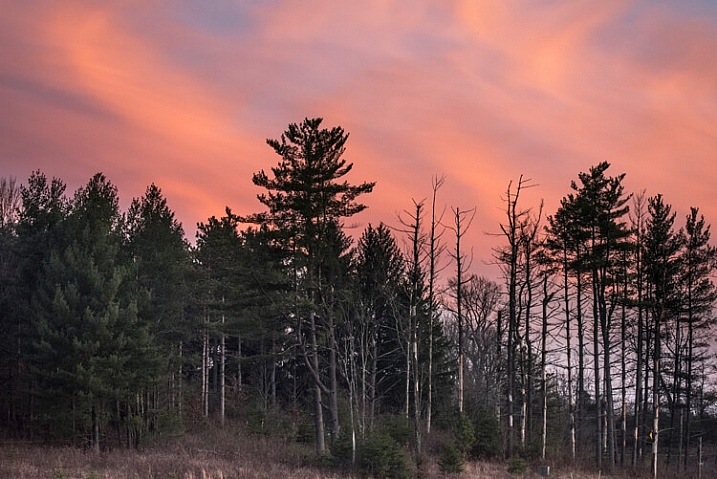
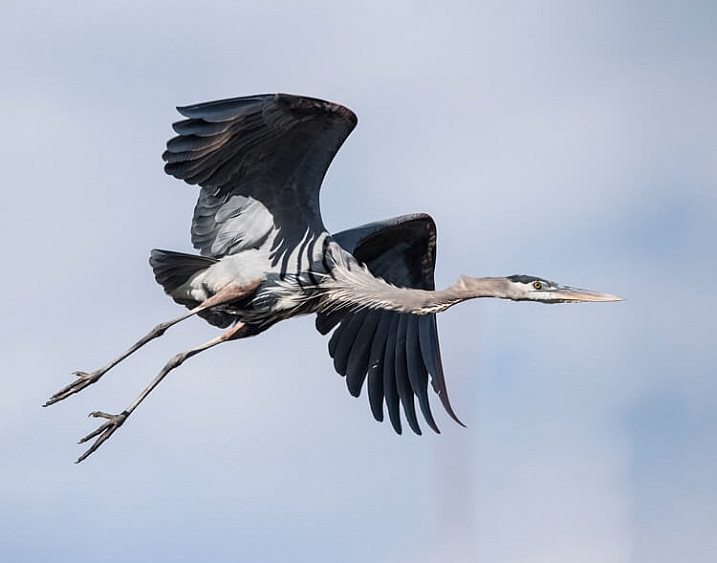

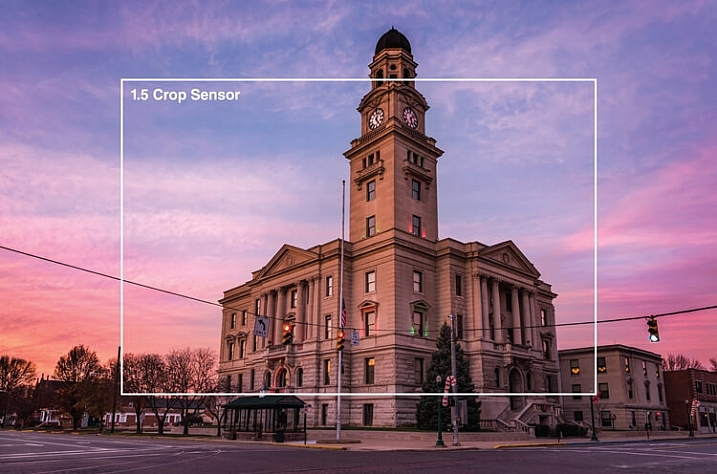
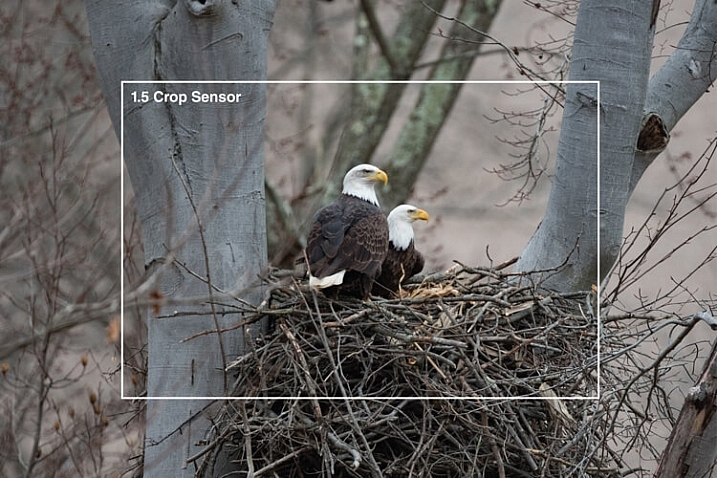
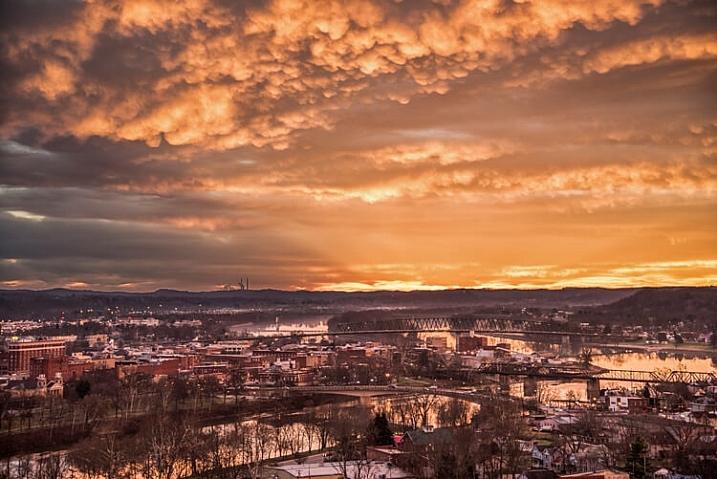



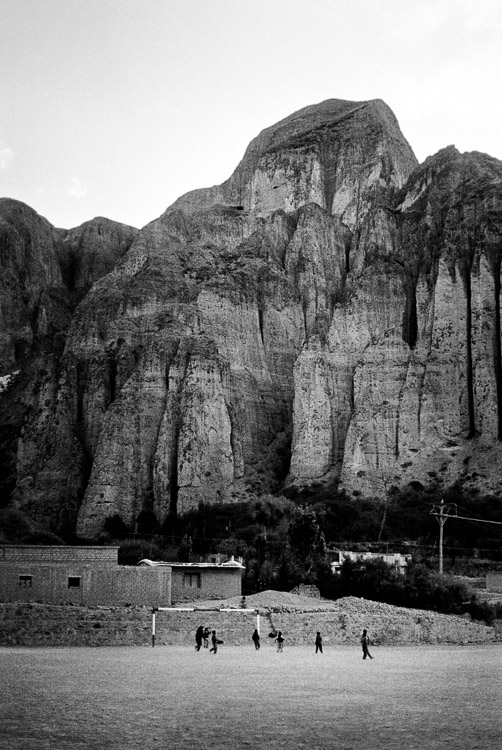

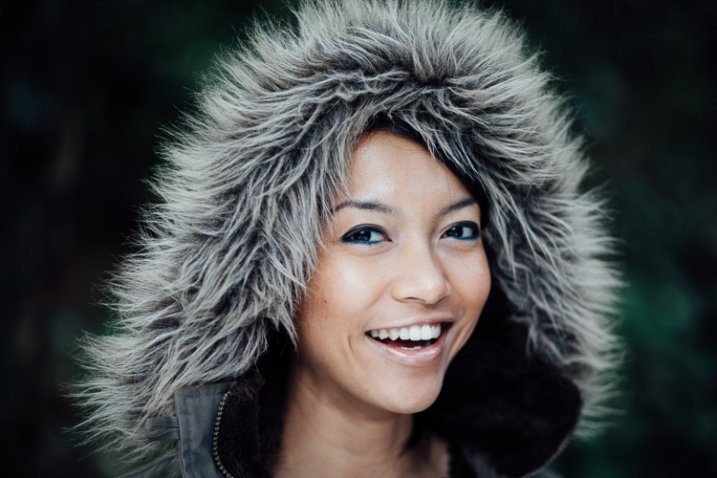
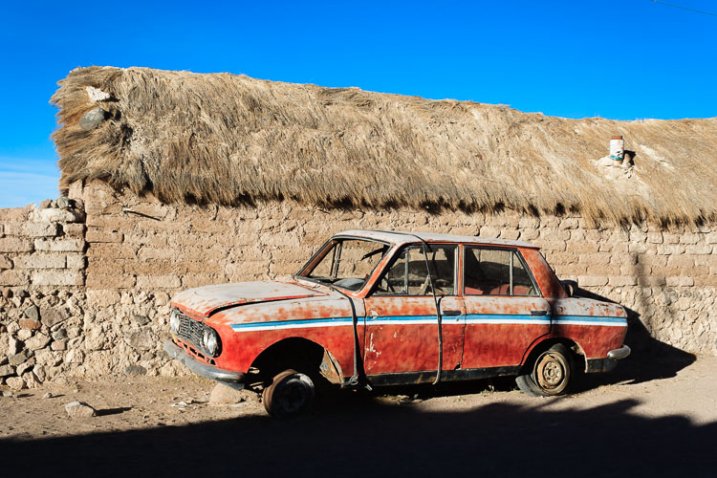
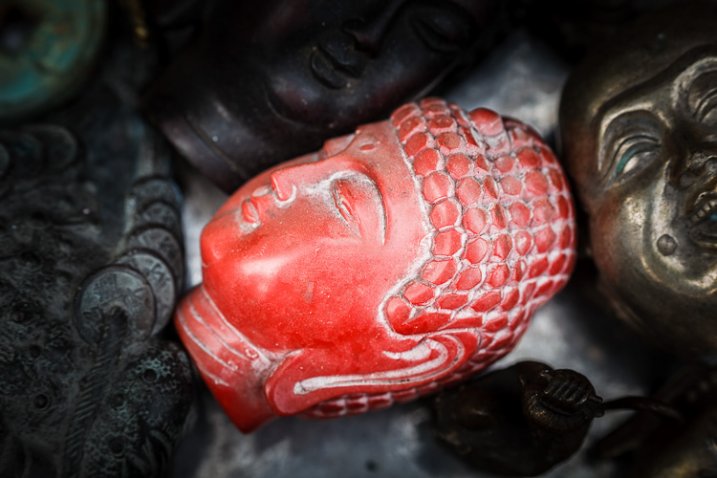
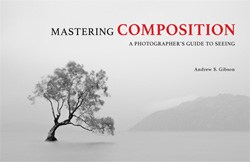 Mastering Composition
Mastering Composition
You must be logged in to post a comment.